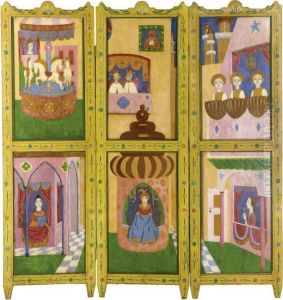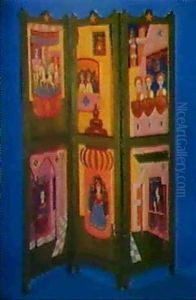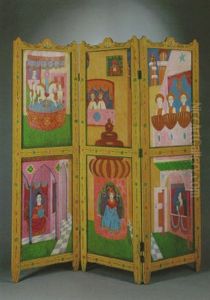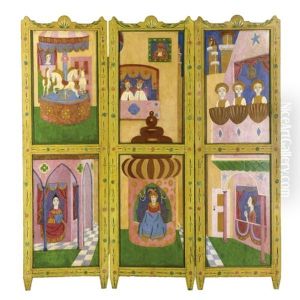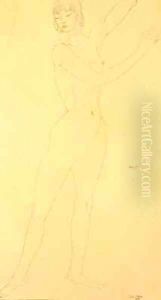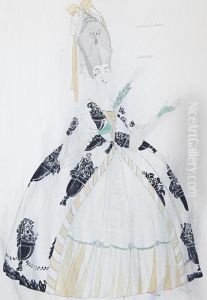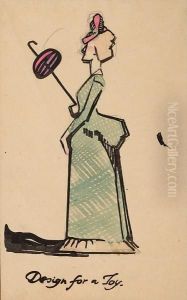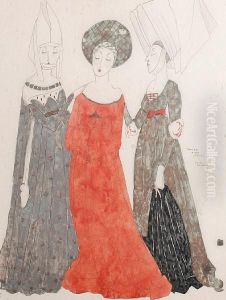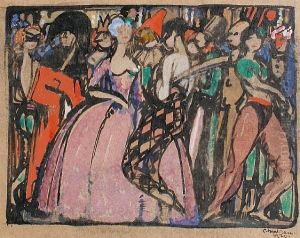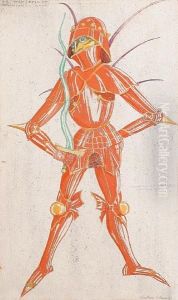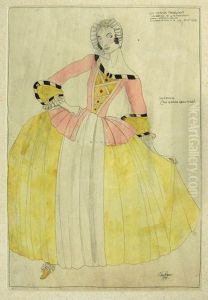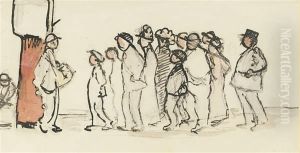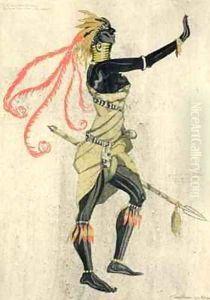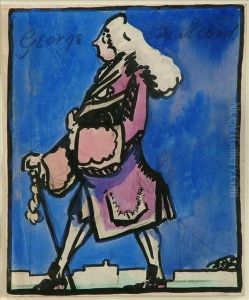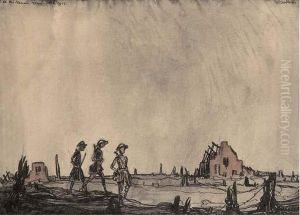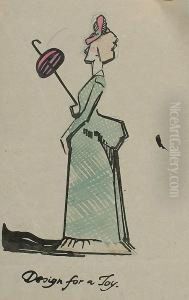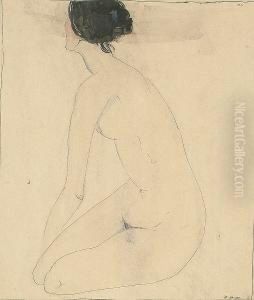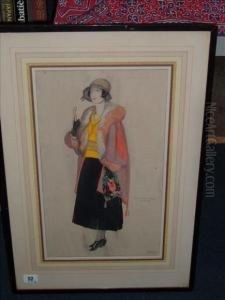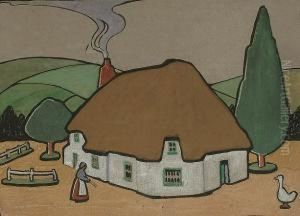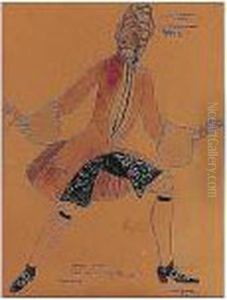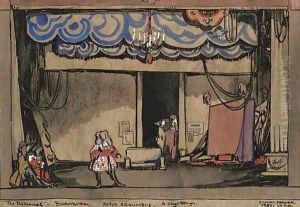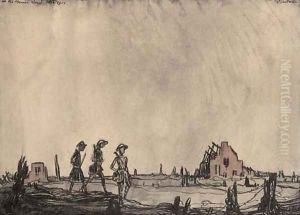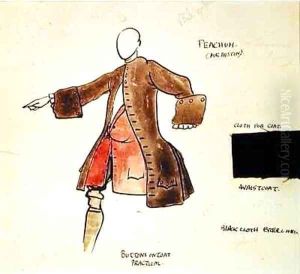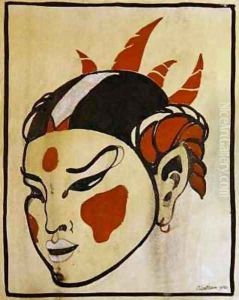Claud Lovat Fraser Paintings
Claude Lovat Fraser was an English artist, designer, and author, remembered primarily for his contribution to the visual arts in the early 20th century, particularly in the realm of illustration and graphic design. Born on May 15, 1890, in London, Fraser showed an early interest in art, which was nurtured by his education at Charterhouse and the St John's Wood School of Art.
During his career, Fraser worked across various media, including watercolor, drawing, and graphic design. He was closely associated with the 'neo-Georgian' movement, which sought to evoke the simplicity and elegance of 18th-century design in a modern context. Fraser's work is characterized by its whimsy, charm, and the use of delicate lines. He often drew inspiration from traditional English folk art and children's book illustrations.
Fraser served in World War I, an experience that deeply affected him and occasionally influenced his later work. After the war, he returned to his artistic pursuits with a renewed vigor. He collaborated with notable poets and writers of his time, providing illustrations for their works. Fraser also designed book covers, endpapers, and illustrations for various publishers, leaving a lasting mark on the aesthetics of book design during that period.
In addition to his illustration work, Lovat Fraser was also involved in theater design, creating costumes and scenery for numerous stage productions. His stage work contributed to the revival of the art of woodcut printing, as he incorporated this style into his designs for programs and posters.
Sadly, Fraser's life and career were cut short when he died on June 18, 1921, at the young age of 31, due to complications from surgery. Despite his brief career, Lovat Fraser's influence on graphic design and illustration was significant, and his works continue to be celebrated for their originality and enduring charm.
